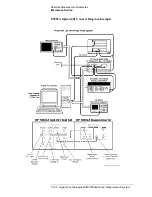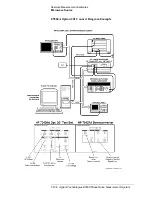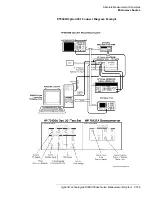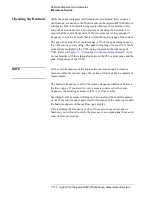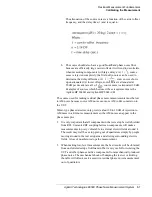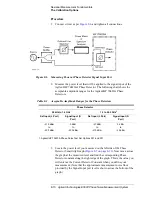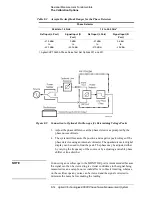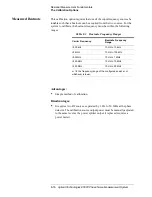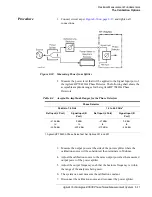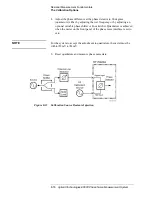
8-4
Agilent Technologies E5500 Phase Noise Measurement System
Residual Measurement Fundamentals
Basic Assumptions Regarding Residual Phase Noise Measurements
Basic Assumptions Regarding Residual Phase
Noise Measurements
The following are some basic assumptions regarding Residual Phase Noise
measurements. If these assumptions are not valid they will affect the
measured results.
•
The source noise in each of the two phase detector paths is correlated at
the phase detector for the frequency offset range of interest. When the
source noise is correlated at the phase detector, the source phase noise
cancels, leaving only the residual phase noise of the UUT.
•
Source AM noise is comparatively small. A typical mixer-type phase
detector only has about 20 to 30 dB of AM noise rejection. If the AM
component of the signal is greater than 20 to 30 dB above the residual
phase noise, it will contribute to the residual phase noise measurement
and show the residual phase noise as being greater than it really is.
•
The UUT does not exhibit a bandpass filter function. A bandpass filter
type response will cause the source noise to be decorrelated at the edge
of the filter. This decorrelation of the noise causes the system to measure
the source noise level directly at offsets beyond the filter bandwidth.
Given these assumptions, when the unit-under-test (UUT) is connected to
either of the two inputs of the Phase Detector, all of the source noise will
cancel and only the residual noise of the UUT will be measured.
Figure 8-3
Setup for Typical Residual Phase Noise Measurement
Frequency Translation
Devices
If the UUT is a frequency translating device (such as a divider, multiplier, or
mixer), then one UUT must be put in each path. The result will be the sum of
the noise from each UUT. In other words, each UUT is at least as quiet as
the measured result.


